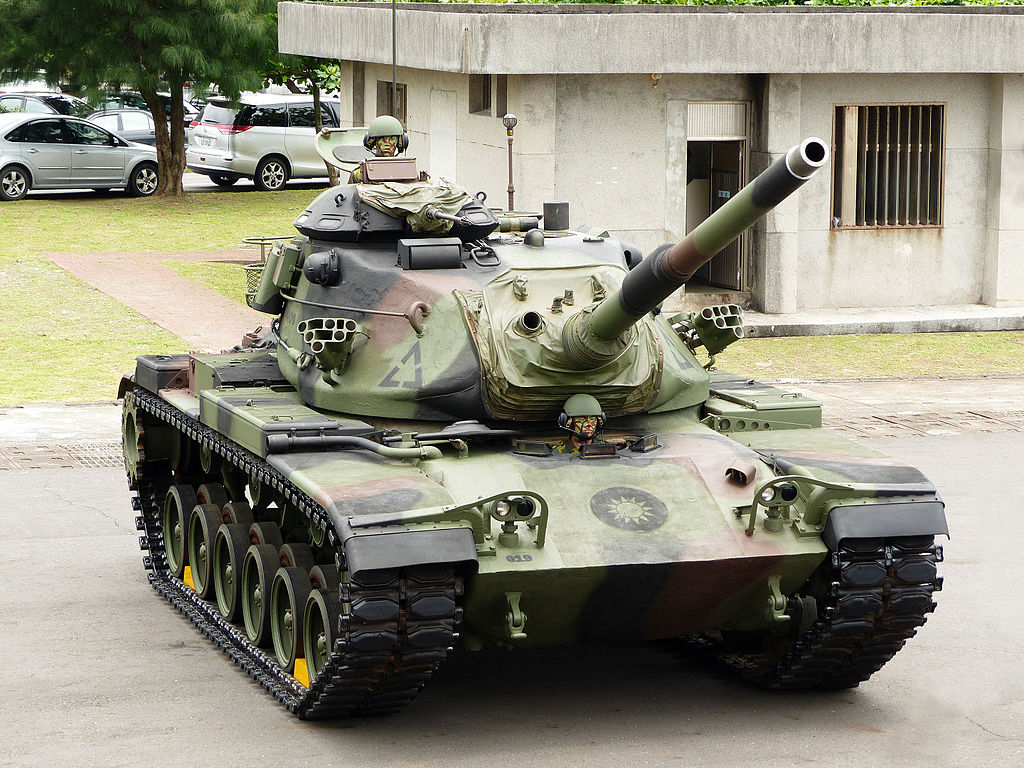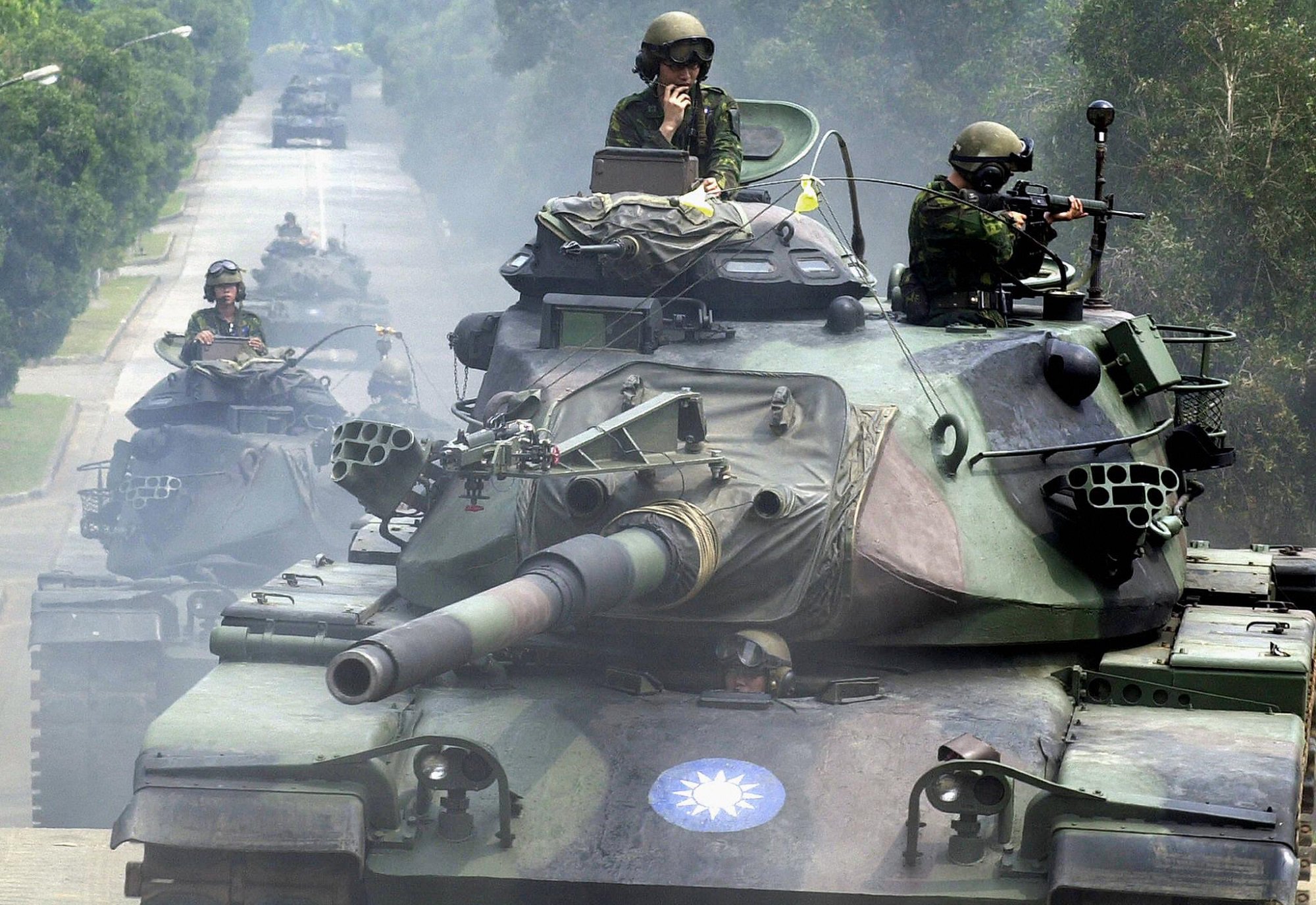The Ministry of National Defense of Taiwan has announced that it will replace the outdated engines in its fleet of M60A3 Patton tanks.
The defense ministry has chosen US-based engine manufacturer Renk America (RA) to supply its AVDS 750 hp engines. The estimated value of the contract is $7.24 billion New Taiwan dollars (US $236 million), and it is anticipated that all work will be concluded by 2028.
The effort is a part of the nation’s ongoing measures to enhance its military capabilities in light of the growing threat of a Chinese invasion.
These battle tanks are currently outfitted with a 750 horsepower engine, but their overall performance has deteriorated because they are older and have been used for longer periods.
The AVDS, according to RA, are 12-cylinder, air-cooled, turbocharged diesel engines. The engine’s mechanical arrangement is 90° between two cylinders, known as the V configuration. The engine produces between 750 and 1,200 horsepower.

The National Chung-Shan Institute of Science and Technology (NCSIST) will also spend NT$15.56 million to modernize the tanks’ firing, gun control, and sighting systems. The M60A3 Patton tank, which first entered service in 1978, is currently the primary mobile artillery force.
Taiwan’s army purchased 460 M60A3 tanks from the United States between 1995 and 2000. The US Army no longer employs these tanks, which were gradually phased out between 1994 and 1997 in favor of the more powerful M1s.
However, they make up a significant portion of Taiwan’s tank fleets, which are stationed in Hualien and Taitung on the main island’s east coast and the small offshore islands of Quemoy and Penghu close to the Chinese mainland.
The M60A3 tanks have received considerable attention in the island’s yearly Han Kuang war drills. Moreover, the Taiwanese military is also armed with 250 CM-12 tanks and 400 CM-11 main combat tanks.
The country’s military officials believe the modifications would increase combat capability against any PLA amphibious troop landing attempts and help prolong the service life of the M60A3s.
M60A3 Patton Main Battle Tank
The Taiwanese army has a fleet of 1,000 tanks, including 460 M-60A3s, 400 CM-11s, and 250 CM-12s. M-60A3s represent an essential element of Taiwan’s tank fleets. The tank was produced in the US and first went into service in 1959.
It has since undergone continuous modification and enhancement. The M60 still operates in seventeen nations, illustrating the design’s robustness.
Fifteen thousand tanks were manufactured, with the upgraded M60A1 being the most popular because of its improved ammo storage solution and thicker armor. But, the US military retired these tanks between 1994 and 1997.
Due to Chinese pressure on Western suppliers, Taipei finds buying modern weapons, particularly tanks challenging. As a result, the government is constantly modernizing and repurposing outdated vehicles to maintain its military effectiveness.
The US administration has, however, approved the provision of new armaments to the island nation. In 2019, the US State Department authorized the export of 108 M1A2T Abrams tanks, Stinger missiles, and related equipment to the island country in a $2.2 billion deal.

Beijing considers self-governing Taiwan part of its territory and has never excluded using force to gain control of the self-governing island. Beijing has stepped up diplomatic pressure on Taiwan by dispatching a record number of warplanes daily into its air defense identification zone.
In a report published in 2021, Taiwan’s defense ministry warned China would try to annex Taiwan in the shortest amount of time. With the fewest casualties, the Chinese People’s Liberation Army is predicted to conduct a full-fledged attack, including coordinated strikes and amphibious activities.
The ministry’s report suggests that the PLA may play integrated war games combining its air force, navy, and army close to Taiwan’s east and south coasts to terrify the local populace.
The report added that the PLA would send out amphibious landing ships, transport aircraft, and choppers for troops to attack critical military locations in Taiwan once it had achieved sea and air dominance.
Tanks are a vital component in Taiwanese war planning. If a Chinese invasion force succeeds in stationing troops in Taiwan, the armored divisions of the Taiwanese army will have to launch a counterattack and destroy the makeshift camps.
- Contact the author at ashishmichel(at)gmail.com
- Follow EurAsian Times on Google News




